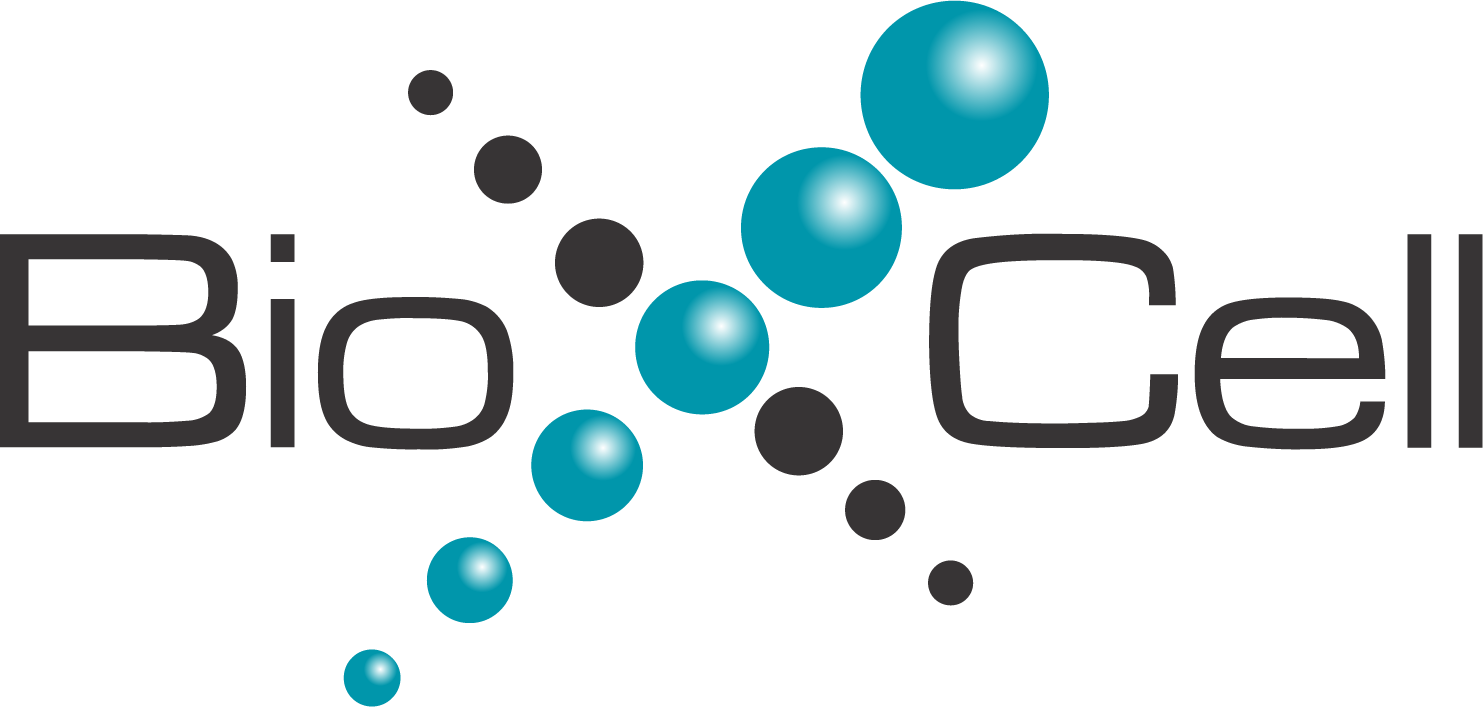Transcriptomics and proteomics reveal a cooperation between interferon and T-helper 17 cells in neuromyelitis optica
Authors: Agnieshka M. Agasing, Qi Wu, Bhuwan Khatri, Nadja Borisow, Klemens Ruprecht, Alexander Ulrich Brandt, Saurabh Gawde, Gaurav Kumar, James L. Quinn, Rose M. Ko, Yang Mao-Draayer, Christopher J. Lessard, Friedemann Paul & Robert C. Axtell
Abstract
Type I interferon (IFN-I) and T helper 17 (TH17) drive pathology in neuromyelitis optica spectrum disorder (NMOSD) and in TH17-induced experimental autoimmune encephalomyelitis (TH17-EAE). This is paradoxical because the prevalent theory is that IFN-I inhibits TH17 function. Here we report that a cascade involving IFN-I, IL-6 and B cells promotes TH17-mediated neuro-autoimmunity. In NMOSD, elevated IFN-I signatures, IL-6 and IL-17 are associated with severe disability. Furthermore, IL-6 and IL-17 levels are lower in patients on anti-CD20 therapy. In mice, IFN-I elevates IL-6 and exacerbates TH17-EAE. Strikingly, IL-6 blockade attenuates disease only in mice treated with IFN-I. By contrast, B-cell-deficiency attenuates TH17-EAE in the presence or absence of IFN-I treatment. Finally, IFN-I stimulates B cells to produce IL-6 to drive pathogenic TH17 differentiation in vitro. Our data thus provide an explanation for the paradox surrounding IFN-I and TH17 in neuro-autoimmunity, and may have utility in predicting therapeutic response in NMOSD.
Reference: Agasing, A.M., Wu, Q., Khatri, B. et al. Transcriptomics and proteomics reveal a cooperation between interferon and T-helper 17 cells in neuromyelitis optica. Nat Commun 11, 2856 (2020). Retrieved from https://www.nature.com
Product Highlights:
The authors used Bio X Cell's InVivoMAb anti-mouse IL-6R (clone 15A7) and Isotype Control InVivoMAb mouse IgG2b (clone MPC-11) in this research study.

